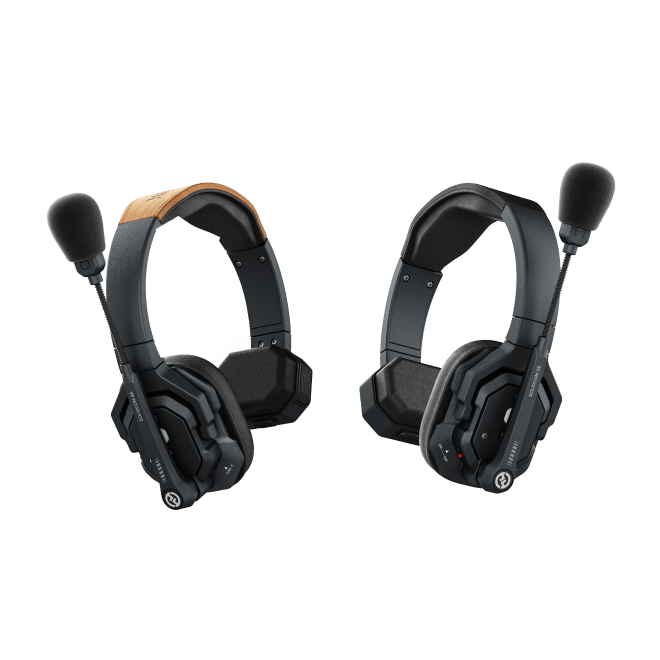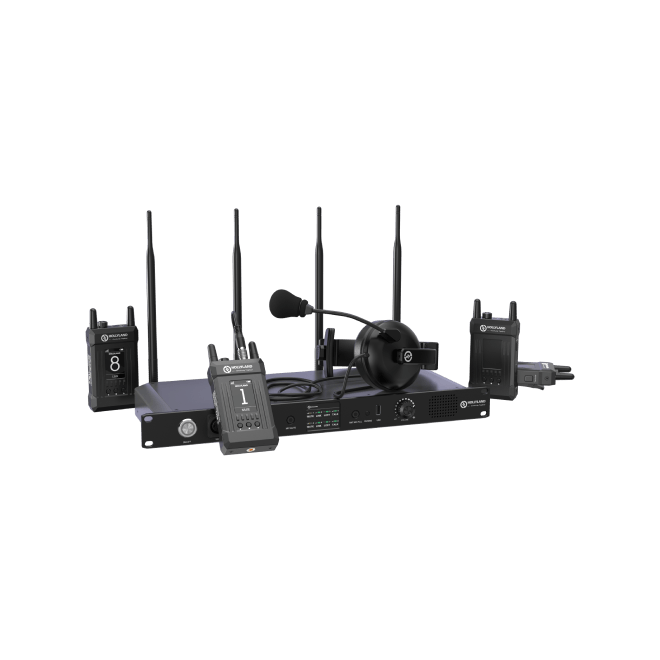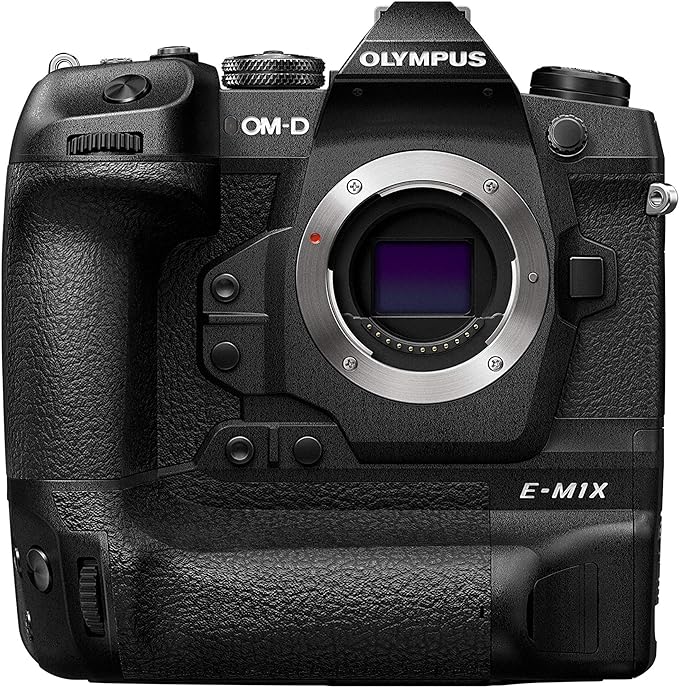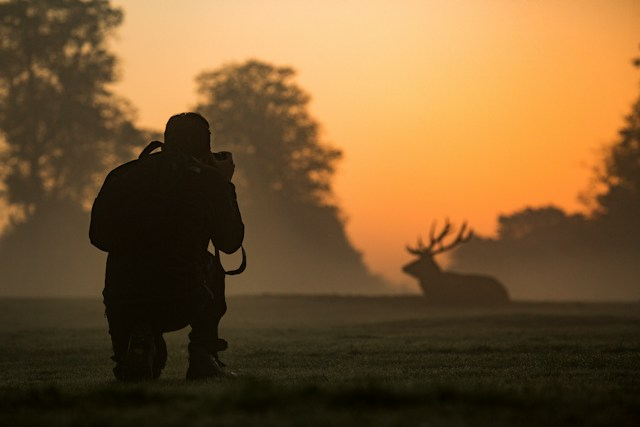Disposable cameras, a timeless invention, offer a simple and convenient way to capture life’s moments without the complexities of modern digital photography. In this comprehensive guide, we’ll delve into everything you need to know about disposable cameras, from their prices to their features and the allure that keeps them relevant in the age of smartphones.
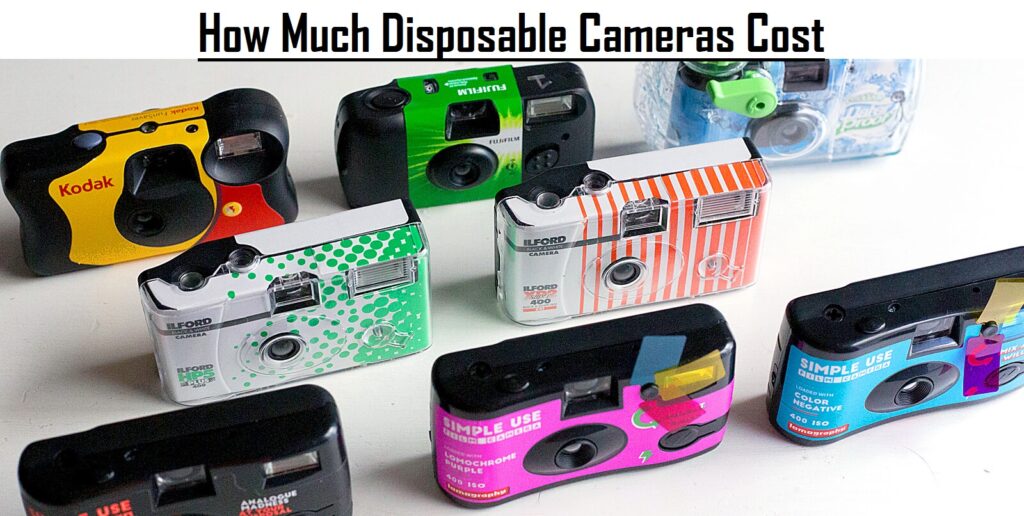
Table of Contents
What Are Disposable Cameras?
Disposable cameras are single-use cameras pre-loaded with film. They’re designed for one-time use, typically containing a fixed lens, a simple shutter, and a winding mechanism. These cameras offer an accessible and straightforward way to capture memories without the hassle of settings or post-processing.
The Appeal of Disposable Cameras
Despite the dominance of digital photography, disposable cameras remain popular. Their charm lies in their simplicity—no batteries, no memory cards, just point, shoot, and develop. They provide a tangible, nostalgic experience that digital images often lack.
Developing and Printing
Once you’ve taken photos with a disposable camera, getting them developed and printed is the next step. Many local and online photo labs provide film development services. Prices for development and printing can range from $5 to $15 per roll, depending on the number of exposures and the quality of prints desired.
Pricing: How Much Are Disposable Cameras?
Disposable camera prices vary based on several factors:
- Brand: Different brands offer varying quality and pricing.
- Film Type: Prices might differ based on the film used (color, black and white, etc.).
- Number of Exposures: Cameras with more exposures often come at a higher price.
Average Price Range
The cost of a disposable camera typically falls between $10 to $20. However, premium options or those with more features might range from $20 to $30.
Features and Specifications
- Film Type and Exposures
Disposable cameras usually offer 24 or 27 exposures. They come with pre-loaded film, often in color, but some specialty options include black and white or even waterproof film for underwater photography.
- Flash and Focus
Most disposable cameras come with a built-in flash and a fixed focus lens, making them suitable for various lighting conditions and easy for beginners to use.
- Additional Features
Some disposable cameras might offer added features like panoramic settings, fun filters, or enhanced durability for outdoor use.
3 Best Disposable Cameras
Following are the best disposable cameras acknowledged even in this era of digital and mirrorless photography:
- Kodak 35mm Disposable 800 Camera
Cost: $15.95
The Kodak 35mm Disposable 800 Camera with Flash emerges as a versatile, user-friendly tool, encapsulating the ease of use that disposable cameras are renowned for. Loaded with Kodak MAX ISO-800 speed film, this camera offers a lightweight and compact design, suitable for both indoor and outdoor photography needs, presenting 27 exposures in a single use.

Features
- One-Time-Use Camera with Flash
- Film Speed: 800
- Exposures Per Roll: 27
- Built-In Flash: Effective Range of 4 to 10 feet (1.2 to 3 meters)
Pros
- The ISO-800 film allows for versatile use across various lighting conditions, ensuring quality shots in both indoor and outdoor settings.
- Its portable design makes it an ideal companion for travel and everyday use.
- The integrated flash with a range of 4 to 10 feet enhances low-light photography, ensuring well-lit shots in challenging environments.
- As a one-time-use camera, it requires no technical expertise, making it accessible for beginners and convenient for quick captures.
- Capable of handling different picture-taking conditions, providing an assurance of quality images in most scenarios.
Cons
- The camera’s lack of specified water resistance might limit its use in adverse weather conditions or around water bodies.
- While the built-in flash aids in low-light situations, the effective range might restrict its utility for larger group photos or wider scenes.
This Kodak disposable camera stands out for its simplicity, versatility in various lighting conditions, and ease of use, making it an appealing choice for individuals seeking convenience without compromising on quality.
- FUJIFILM QuickSnap Flash 400
Cost: $14.99
The FUJIFILM QuickSnap Flash 400 presents itself as a convenient and versatile disposable camera, catering to various shooting scenarios, both indoors and outdoors. Outfitted with a roll of 27-exposure Fujicolor Superia X-TRA 400 color negative film, it promises vibrant and vivid results across diverse lighting conditions. Its compact design integrates a fixed-focus, wide-angle lens alongside an optical viewfinder for precise compositions.

Features
- ISO 400 Color Negative Film
- Built-In Flash: Effective Range of 10 feet
- Automatic Flash Recharge
- Manual On/Off Flash Switch
- Fixed-Focus, Wide-Angle Lens
- Optical Viewfinder
- Suitable for Indoor and Outdoor Use
Pros
- The ISO 400 film provides flexibility for shooting in various lighting conditions, ensuring vibrant and detailed results.
- The integrated flash, with an effective range of 10 feet, offers control with both automatic recharging and manual on/off operation, enhancing adaptability in different light settings.
- Its compact and one-time-use design makes it a hassle-free option, perfect for spontaneous captures and travel.
- The fixed-focus wide-angle lens aids in capturing broader scenes and allows for a diverse range of compositions.
Cons
- While the camera offers manual control over flash operation, other settings remain fixed, limiting customization for more advanced users.
The FUJIFILM QuickSnap Flash 400 stands as an accessible and versatile disposable camera, excelling in simplicity, adaptability to various lighting conditions, and ease of use, making it an excellent choice for those seeking convenience without compromising on quality imagery.
- Ilford XP2 Super Single Use Camera
Cost: $15.99
Ilford’s XP2 Super Single Use Camera arrives in a striking red hue, delivering a reliable and straightforward option for enthusiasts seeking high-contrast, fine-grain black and white imagery. Pre-loaded with ISO 400 XP2 film, this camera offers 27 exposures, ensuring a generous canvas for artistic expression. Its built-in flash, large viewfinder, and sturdy plastic housing add to its appeal as a dependable tool for capturing moments in monochrome brilliance.

Features
- XP2 35mm Black and White Film
- 27 Exposures
- Built-In Flash
- Convenient C41 Processing
- ISO/ASA Film Speed: 400
- Film Format: 35mm
Pros
- The ISO 400 XP2 film ensures high contrast and fine grain, delivering striking black and white images suitable for various artistic expressions.
- The ability to develop this film at any C41-type photo lab adds to its accessibility and ease of use.
- The inclusion of a built-in flash enhances versatility, allowing for well-lit shots even in low-light conditions.
- Encased in solid plastic housing, this camera offers durability and reliability for diverse shooting environments.
Cons
- While the black and white imagery offers artistic depth, it restricts the color options for those seeking vibrant, colorful captures.
- The fixed ISO 400 film speed might limit adaptability in extreme lighting conditions compared to cameras with variable film speeds.
The Ilford XP2 Super Single Use Camera stands as a reliable choice for those passionate about black and white photography. Its emphasis on image quality, convenience in processing, and sturdy design make it a commendable option for enthusiasts seeking a straightforward yet artistic photographic experience.
Comparison among Best Disposable Cameras
| Feature | Kodak 35mm Disposable 800 Camera | FUJIFILM QuickSnap Flash 400 | Ilford XP2 Super Single Use Camera |
| Film Type | Kodak MAX ISO-800 | Fujicolor Superia X-TRA 400 | Ilford XP2 35mm Black and White |
| Exposures | 27 | 27 | 27 |
| Film Speed | 800 | 400 | 400 |
| Built-In Flash | Yes | Yes | Yes |
| Flash Range | 4 to 10 feet | 10 feet | Not specified |
| Water Resistance | Not specified | Not specified | Not specified |
| Versatility | Versatile across conditions | Indoor and outdoor use | Black and white imagery |
| Processing Compatibility | Not specified | C41-type lab | C41-type lab |
| Color of Camera | Not specified | Not specified | Red |
| Notable Features | Higher film speed, versatility | Wide-angle lens, manual control | High contrast black and white film |
| Cons | Limited water resistance | Limited manual control | Limited color palette |
These cameras share similarities in providing 27 exposures and a built-in flash. However, they differ in film types, film speeds, flash ranges, and unique features. The Kodak and FUJIFILM cameras offer versatile usage across different conditions, while the Ilford camera specializes in high-contrast black and white photography. Each has its own strengths, catering to different preferences and photographic styles.
Best Overall Option: FUJIFILM QuickSnap Flash 400
This camera stands out as a versatile choice, offering Fujicolor Superia X-TRA 400 film, a built-in flash with a 10-foot range, and manual flash control. Its adaptability to various lighting conditions, ease of use, and compatibility with C41 processing labs make it a well-rounded option for both indoor and outdoor photography.
Best Value Option: Kodak 35mm Disposable 800 Camera
The Kodak camera with its higher film speed (ISO-800) provides versatility across different conditions, offering a balance between quality and price. With a flash range of 4 to 10 feet, it caters to various lighting situations and remains a reliable choice for capturing moments.
Best Budget Option: Ilford XP2 Super Single Use Camera
The Ilford camera, pre-loaded with XP2 35mm black and white film, presents a budget-friendly option for those interested specifically in high-contrast black and white photography. While offering limited color options, its sturdy build, convenient C41 processing compatibility, and emphasis on black and white imagery make it an affordable choice for monochrome enthusiasts.
Tips for Using Disposable Cameras
- Mindful Composition: Since you have a limited number of exposures, be mindful of your shots.
- Experimentation: Try different angles and lighting conditions for diverse results.
- Protective Care: Keep the camera safe from water and extreme temperatures to preserve the film.
Conclusion
In an era dominated by smartphones and digital cameras, disposable cameras stand as a testament to the simplicity and joy of capturing moments. Their tactile nature and the element of surprise when developing film continue to attract enthusiasts and casual photographers alike.
Disposable cameras offer a unique and straightforward way to capture memories without the technicalities of digital photography. Their prices vary based on brands, film types, and features, usually ranging from $10 to $30. With their simplicity, nostalgic appeal, and ease of use, these cameras remain a beloved choice for those seeking a tangible photographic experience.
We’d love to hear about your experiences with disposable cameras! Share your thoughts on which features resonate with you the most or which camera suits your photography style. Your feedback helps us understand your preferences better and guides us in providing more tailored content in the future. Drop us a line about your favorite disposable camera or any tips you have for making the most out of these nostalgic tools!
Frequently Asked Questions
How much does it cost to develop a disposable camera?
Developing a roll of film from a disposable camera typically costs between $15 to $30. Additionally, there might be an extra charge for printing the images.
What are disposable cameras used for?
Disposable cameras were designed for capturing memories easily without the hassle of handling expensive or complex equipment, making them ideal for casual photography.
Are disposable cameras worth it?
Absolutely! Disposable cameras offer a unique grain and quality that digital cameras can’t match. They’re capable of producing remarkable shots, but there are some considerations to keep in mind before using them extensively.
Can you reuse a disposable camera?
Although most are intended for single use, some can be disassembled and reloaded with film and a new battery, as demonstrated in the Complete Guide to Reloading Disposable Cameras by Lomography.
Are disposable cameras a waste?
Disposable cameras are challenging to recycle due to difficulties in separating their components, leading many disposal and recycling companies to refuse them. Unfortunately, this contributes to them ending up in landfills.
What’s inside a disposable camera?
A disposable camera comprises essential components: a lens, shutter, film, flash, and battery. Each works together to capture and produce images.
What is the difference between disposable and film cameras?
Reusable cameras offer versatility with various films, while disposables are limited to 400 or 800 ISO sensitivity films like Kodak or Fuji. Reusable cameras encompass a broader range of film options.
Do disposable cameras print?
Film prints from disposable cameras and 35mm film are available within 7 to 10 days, while other film types typically take about three weeks.
Are disposable cameras good for weddings?
Using disposable cameras at weddings captures candid moments from guests’ perspectives, offering a unique and memorable collection of photographs from the event.
Why are disposable cameras fun?
The uncertainty and simplicity of disposable cameras, loaded with film, create excitement. Their limited shots and absence of on-the-spot editing contribute to their renewed popularity.
Does film go bad if not developed?
Exposed film can last for a few days or up to 20 years or more, depending on storage conditions. It’s advisable to develop exposed film relatively soon for optimal results.
Do disposable cameras flash?
Disposable cameras often have built-in flashes. Proper usage in low-light conditions prevents blurry photos but using the flash too close can result in overexposure.
Which is better, disposable or reusable cameras?
Reusable cameras allow for multiple uses and a broader range of film choices, making them a better starting point for film photography. Both types offer straightforward controls and budget-friendly options.










